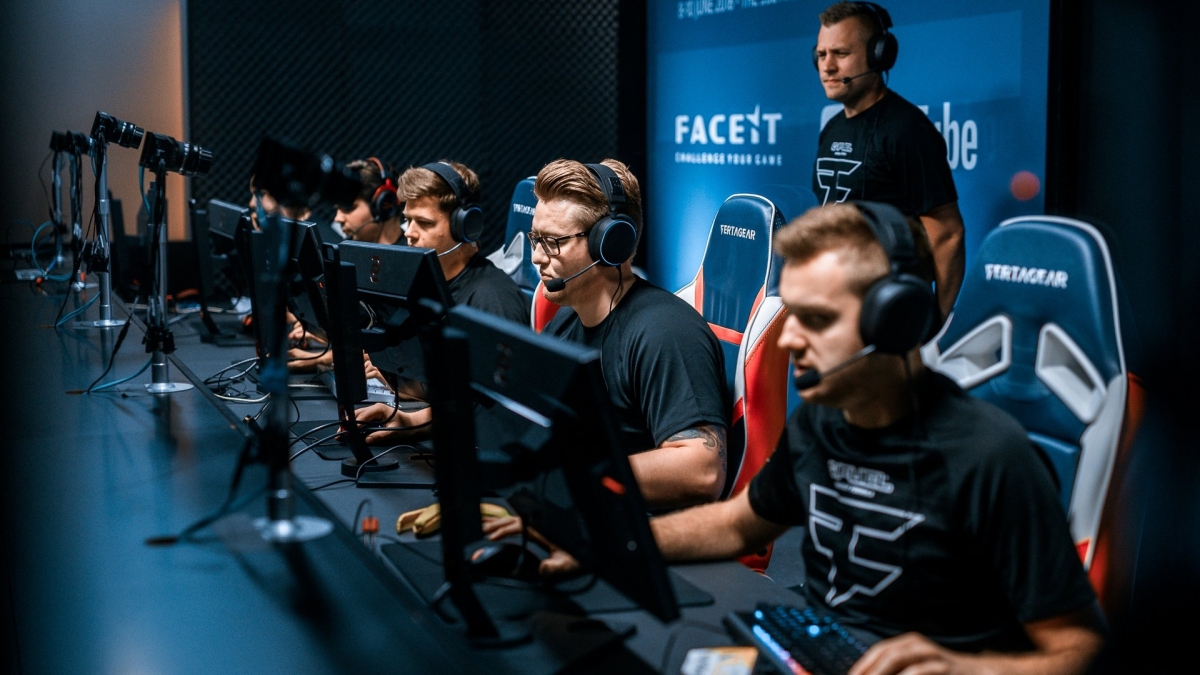eSports pros play on typically beastly PCs, and their home configurations for streaming seldom differ. Here’s what you need to know about their specs.
Do eSports Pros Play On PCs Inaccessible To Mere Mortals? Let’s Find Out
Contents
There’s no question about whether eSports pros play on impressive machines. When your main goal is to make it as a professional gamer, you’re going to need mad skillz and equally jaw-dropping tech. The thing is, you’ll struggle to find the exact specs for any major eSports event readily available online.
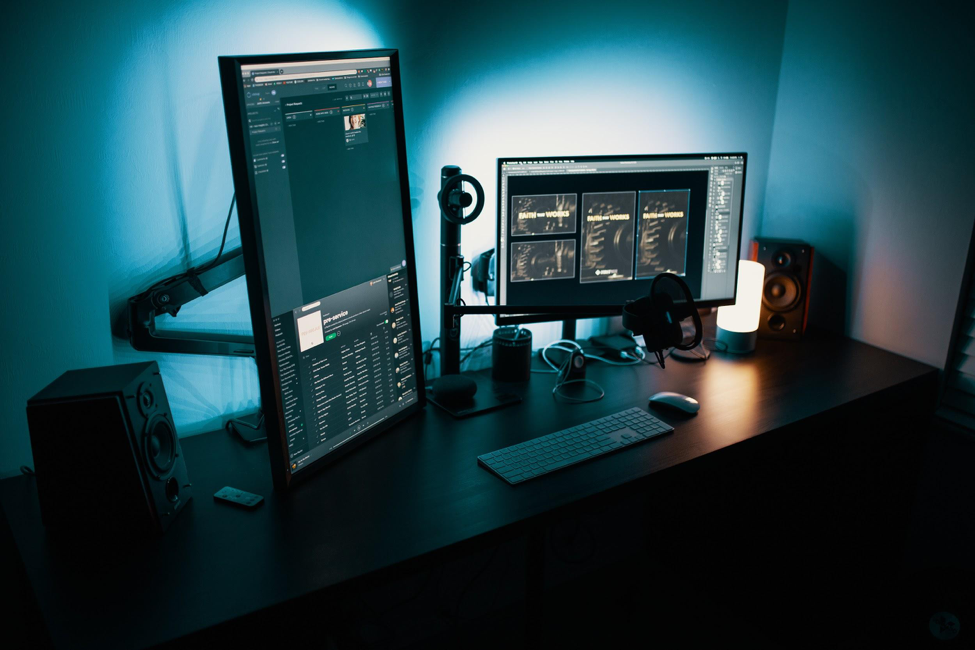
On the other hand, plenty of gamers host live streams when they’re off the clock, and some of them share details about their home PC configurations. Such first-hand information is a valuable resource for individuals. When looking to build home PCs that resemble their favorite pro teams’ monstrous machines, there’s no better information source.
As a result, the following guide will include everything we know about professional gaming setups and vital criteria to consider when building your gaming PC. Let’s begin.
eSports Pros Play With PCs That Prioritize Framerate
Why is framerate so crucial for pro gamers nowadays? The answer is because a higher framerate during gaming allows for more immersive gameplay. In other words, the higher the framerate in a game, the more life-like the gaming experience. As a result, gamers can develop their skills to a higher degree.
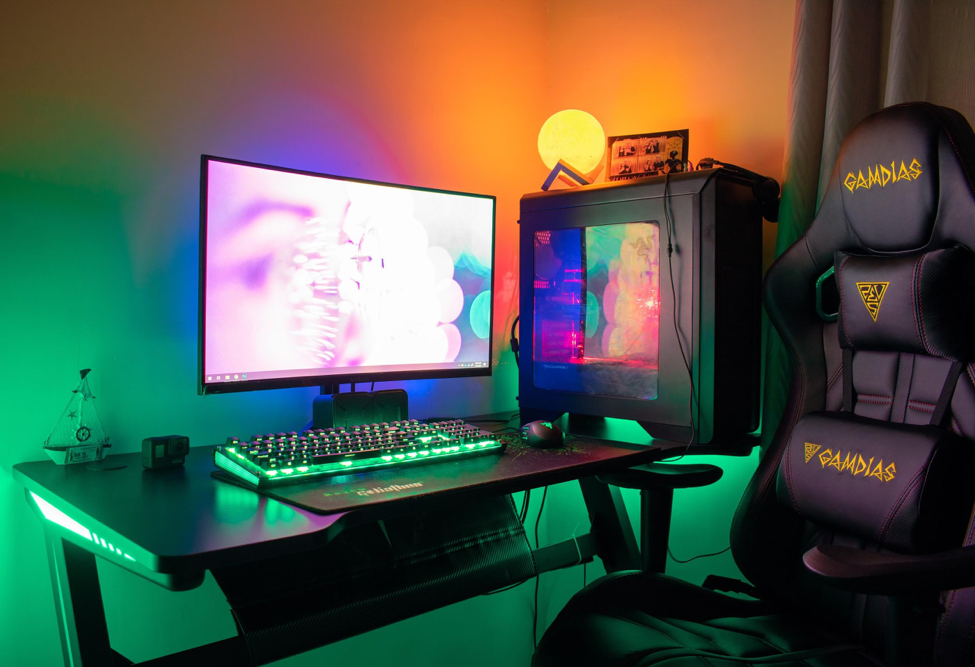
The “standard” refresh rate that most eSports pros play with hovers around 144 frames per second. Some also go up to 240 frames per second, but maintaining such a high FPS count in some games can be overly taxing on current hardware. Regardless, enjoying fast-paced multiplayer games requires you to maximize your framerate.
Setup Number 1: Pro-Level Gaming On A Budget
- Cooler: CoolerMaster Hyper 212
- PSU: Corsair TX550M
- Case: Corsair Carbide 275R
- Storage: Samsung 970 EVO 500GB
- Memory: Corsair Vengeance LPX 16GB 3000 MHZ
- Motherboard: Asrock MB B365 PRO4
- GPU: NVidia GeForce RTX 2060 Super
- CPU: Intel Core i5-9400F
You’ll notice plenty of individuals who have only just started dipping their toes in the professional gaming world. There’s no shame in starting slow, so keep in mind that there are numerous competitive games available in 60 frames per second.
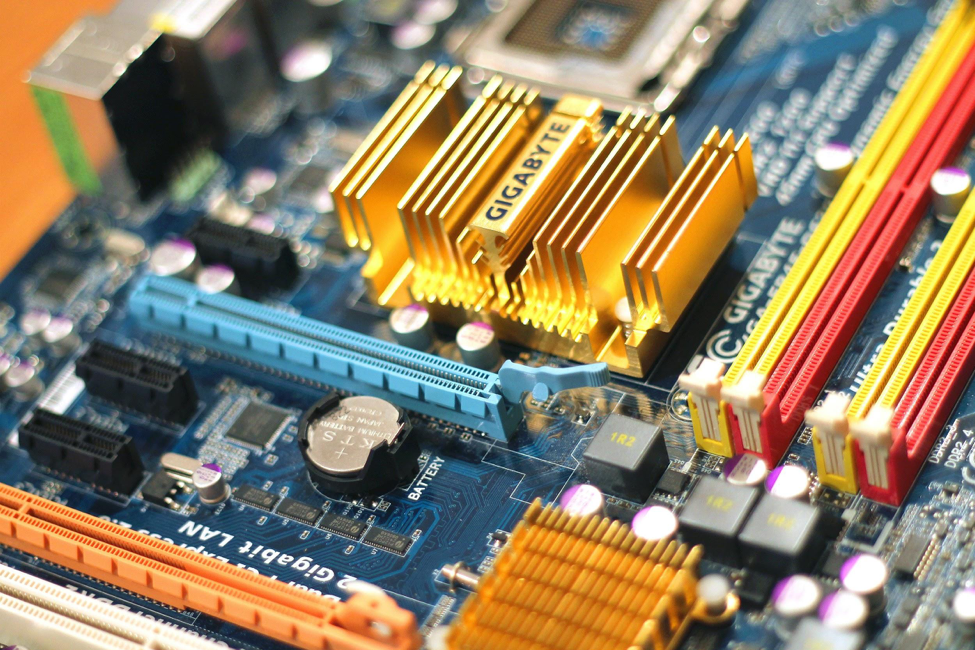
Why? From a developer’s perspective, ensure as many people as possible play your game means it’s crucial to allow budget gamers to enjoy your creation. As a result, there are pro gamers out there with configurations designed to cater to 60Hz gameplay.
For example, one such setup might include Intel’s I5-9400F processor and an NVidia GeForce RTX 2060 Super GPU on an MB B365 PRO4 motherboard. These components come together to make a decent system capable of running most current games at 60 frames per second.
Usually, eSports pros play with most graphics settings turned down to maximize the framerate. Additionally, visually appealing graphics effects can distract some players, so toning them down provides more visual clarity. If you don’t mind doing the same, you can even use this setup as a 144 FPS gaming machine.
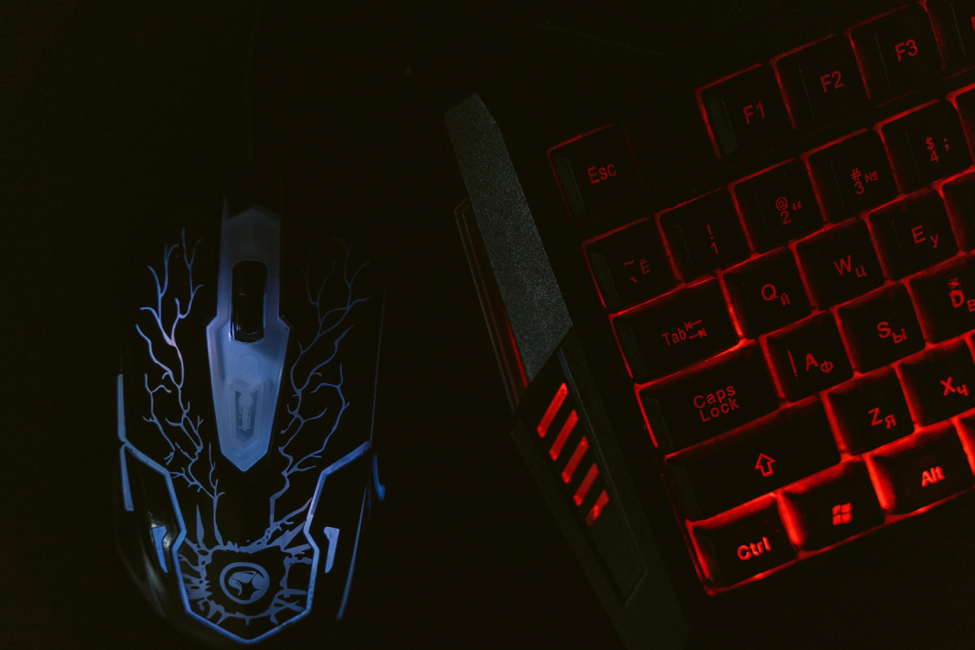
Setup Number 2: Mid-Tier 144Hz Gaming
- Cooler: AMD Wraith Stealth
- PSU: Corsair CX650M
- Case: NZXT H500
- Storage: Samsung 970 EVO 500Gb
- Memory: G.Skill Ripjaws V Series 16GB 3200MHZ
- Motherboard: Gigabyte X570 Aorus Elite
- GPU: NVidia GeForce RTX 2070 Super
- CPU: AMD Ryzen 5 3600
The RTX 2070 Super GPU is one of the best all-around graphics cards available for aspiring competitive gamers. If you’re looking to get the best of both worlds (enjoying stunning single-player graphics but also maximize competitive game framerates), this card is an excellent choice.
eSports pros play by also combining AMD’s Ryzen 5 3600 CPU with the RTX 2070 Super. The result is a sufficiently robust foundation for 144 frames per second-friendly pro-level gaming. However, you shouldn’t go below 16GB of RAM or a 500GB SSD. These components represent the absolute minimum as games continuously become more demanding.
Overall, the configuration mentioned above represents an impressive mid-tier gaming setup. Whether you’re looking for a well-balanced machine to switch between single and multiplayer games or a smooth start in competitive gaming, you should feel confident enough with this one.
Setup Number 3: The Ultimate Top-Tier 240Hz Gaming Combo
- Cooler: Noctua NH-D15
- PSU: Corsair CX750
- Case: Corsair 500D
- Storage: Samsung 970 PRO 1TB
- Memory: Corsair Vengeance RGB Pro 32GB 3600MHz
- Motherboard: Asus TUF Gaming Z490-Plus
- GPU: NVidia GeForce GTX 3080
- CPU: Intel Core i7-10700K
When deciphering what most eSports pros play both at home and in competitive events, we’d wager this configuration is the closest of the three. The machines in pro-level events usually come from event sponsors or other third parties with no budget restrictions. As a result, we suggest this component combination to reflect the best in PC gaming tech.
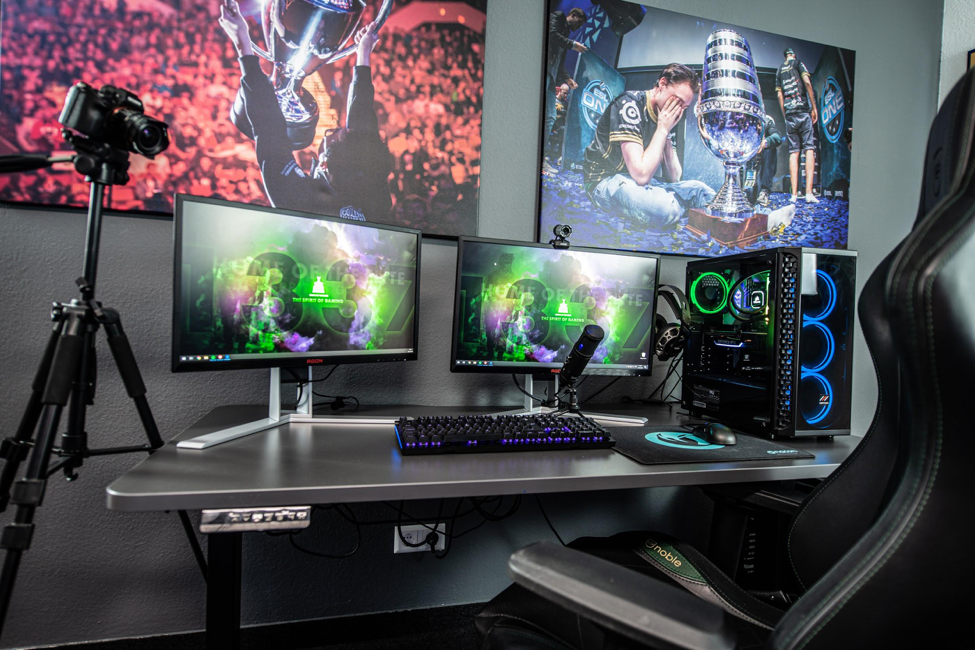
Top-of-the-line choices include the RTX 2080 Ti GPU with an i7-10700K processor. Alternatively, we doubt pro gamers would object to an i7-9700K if looking to save some money in the process. A smaller SSD is also an option, but there’s no point in going below 16GB DDR4 of RAM. Conversely, those looking for overkill can also upgrade to 64GB of RAM despite not being necessary for most games.
Even though eSports pros play with even the best cases available, you can also go with a more frugal selection, but be careful. PC cases are frequently (and undeservedly) overlooked as being less important than other components.
However, the most significant role cases have is cooling the components they house. Ensuring proper and sufficient airflow to prevent the top-notch hardware pieces from overheating means you have your research cut out for you.
Regardless, this configuration should provide one of the best gaming experiences you can have these days. On the one hand, even the most demanding competitive titles should work flawlessly in 240 frames per second. On the other, your eyes should feast on the most visually astonishing single-player graphics known to man. Either way, you look at it, you’ll be in for a treat.
Final Thoughts
While the PC components that fit in the case are crucial, one mustn’t forget the importance of a monitor. There is no use in going for the absolute best hardware if your monitor can’t support the output of what’s in your case.
eSports pros play using some of the most impressive monitors money can buy, but you don’t have to go all out. There are more than sufficient choices on the market in terms of monitors that support 144 and 240 frames per second. Remember to conduct your research thoroughly, and you should enjoy high-level gaming in no time. Good luck!


